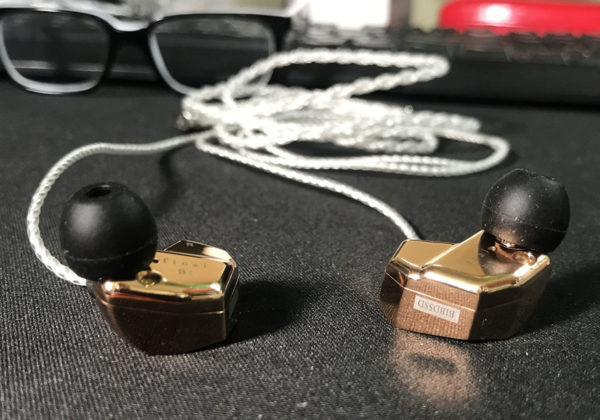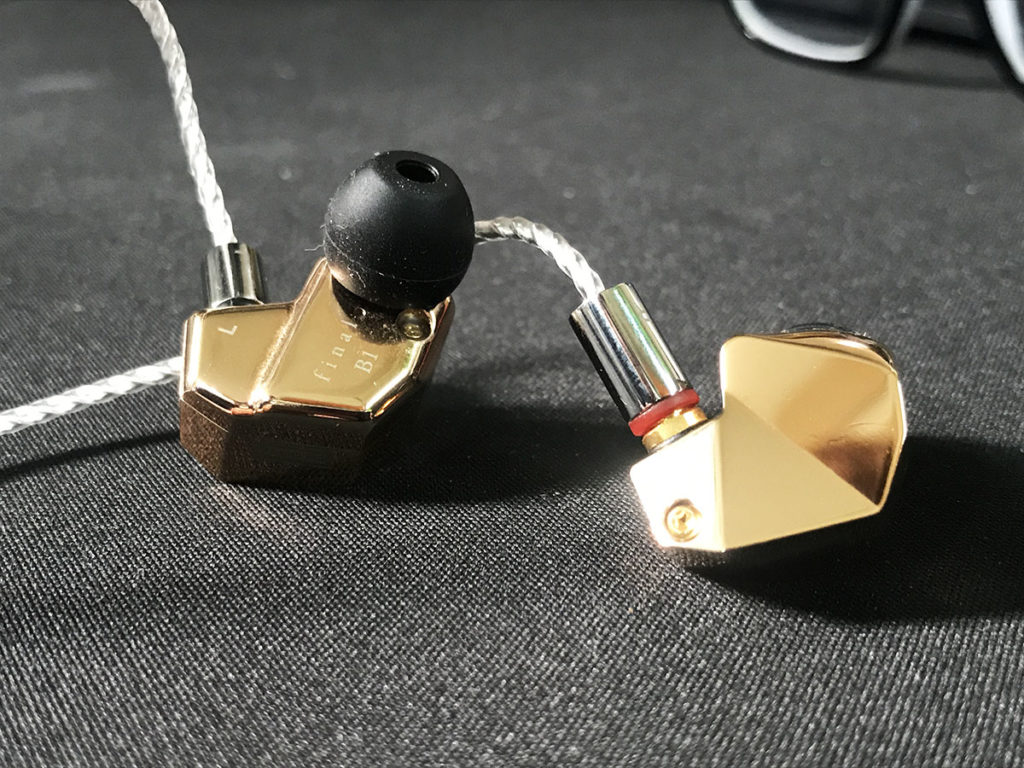I’ve been waiting patiently for the Final Audio B Series, and finally, it is my lucky day! This week I got a chance to spend some quality time with the Final Audio B1! It is a hybrid driver IEM featuring one dynamic driver and one balanced armature. But is this new series from Final worth all the talk? Let’s take a closer look with this Final Audio B1 review!
Final Audio B1 Review
In the Box
-Final Audio B1 IEMs
-detachable MMCX cable with 3.5 mm connector
-Final Audio E-type eartips
-silicone carrying case
-documentation
Design
Look and Feel
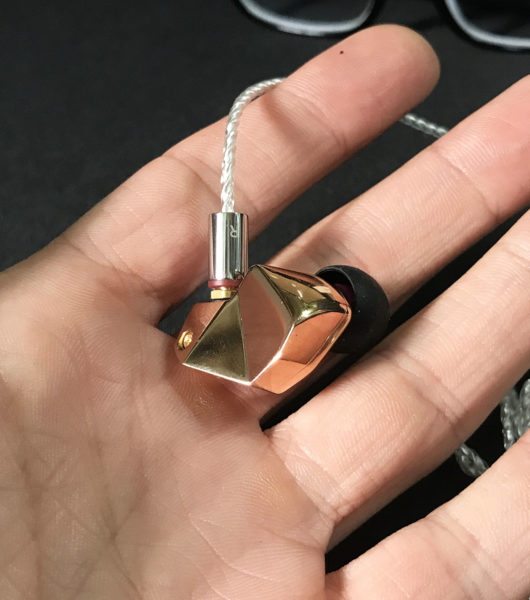
The Final Audio B1 has an exquisite look featuring the same driver housing design as the Final Audio MAKE series. The shells are made of durable copper chrome, and therefore have a shiny and light copper hue. They have a geometric shape, mixing hard and soft edges to create a striking, jewelry-esque shape.
Comfort and Fit
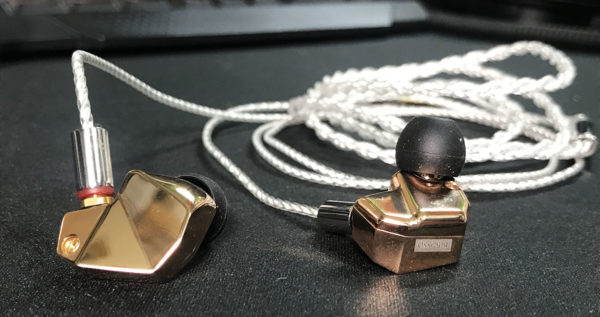
The Final Audio B1 has a medium size to its driver housing. Additionally, because of its unique, angular shape, I found it fit extremely well in my [relatively small] ears. I found a seal in my ear canal almost immediately. Additionally, it was a comfortable, easy fit. The fit didn’t feel particularly tight, but was secure nonetheless.
Cable
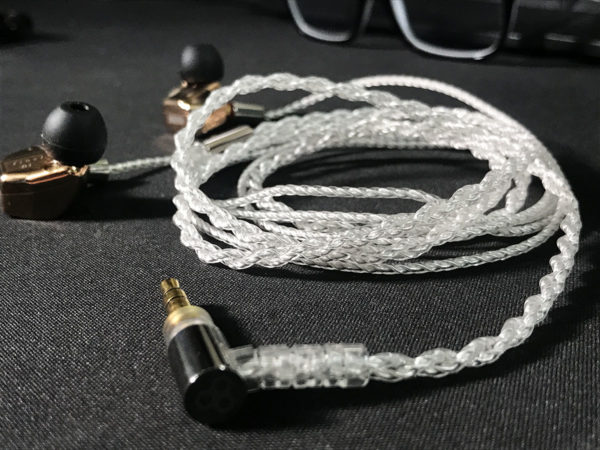
The cable of the Final Audio B1 is made of silver-coated OFC. It has two wires per side which twist together in the same clear jacket. The two jackets of the left and right side meet in the middle, and twist together until they terminate to their 3.5 mm connector.
The cable is thin compared to others like it, with a little bit of stiffness due to the jacket material. However, they wrap up easily, and avoid tangles well.
Drivers
The Final Audio B1 has two drivers: one dynamic driver and one balanced armature driver. Stay tuned for more information on these when we get it!
Sound
Low Frequencies
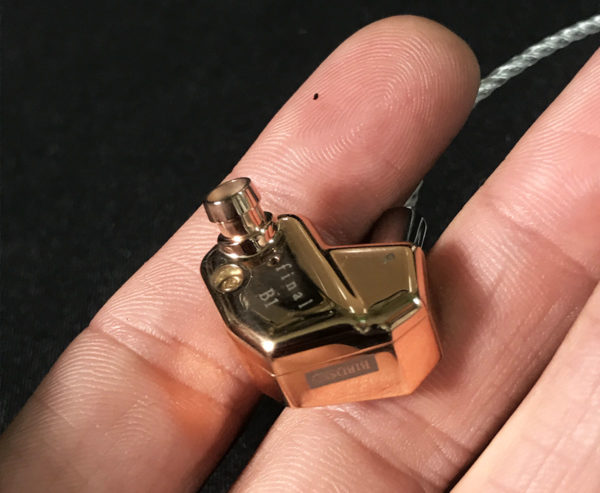
The low frequencies of the Final Audio B1 have a feeling of punch and solidity to them. Boosts at what sound like 40 Hz and 60 Hz provide a feeling of extended subbiness, and extra audible energy to kick drums, bass synths, and low strings. There is space around these low frequencies, so while they work well for genres that need particularly punchy lows like hip-hop, they also work well for songs with dense low end arrangements.
For example, when I was listening to the song Los Ageless St.Vincent, the 808s and low sub part that plays in unison with the snare sound punchy and accented. Additionally, the slow arpeggiating bass synth sounds full and solid, with a feeling of specificity and separation from the other bass elements in the song.
Middle Frequencies
The middle frequencies of the Final Audio B1 have detail, clarity and separation. They feel full and harmonically complex, but also have an accented sense of presence. A boost at what sounded like 200 Hz brought thickness and and energy to bass guitars, synths, keys, and strings. Additionally, the middle part of the midrange felt even. This evenness, to my surprise, also supported audible separation between instruments sitting in similar frequency regions, like acoustic guitars, mandolins, banjos, and strings. Finally, the high-mids had emphasis, particularly at the top of the high-mids near 4 kHz-5 kHz. As a result, vocals, horns, and lead instruments like synths, guitars, fiddles, etc sit closely and presently in space.
For example, when I was listening to the song Thrash Unreal by Against Me!, the bass guitar feels fat and extended. It was wonderful separation from the electric guitars. Additionally, the snare drum sounds snappy and energetic and slices through the distortion of the electric guitars. And on top of the snare, the vocal sits presently and more intimate in space than usual.
High Frequencies
The high frequencies of the Final Audio B1 has a lot of emphasis in the lower treble around what sounded like 7 kHz. This provided a sense of attack and articulation. For some mixes, depending on the character of the vocal and how it was mixed, it came across as sibilant. Additionally, a boost at the base of the upper octave around what sounded like 9 kHz provided a sense of texture to the sound profile. As a result, the specific character of cymbals, percussion, and strings came through clearly and with detail.
For example, when I was listening to the song Inception by McCoy Tyner Trio, the cymbals had a beautiful combination of harmonic complexity and attack. As a result, I could hear exactly what Elvin Jones was playing, while also hearing the character of the warm cymbals during their sustains. Additionally, the attacks of the drums and of Tyner’s piano jammers felt present and snappy, bringing a greater feeling of liveliness to the track than usual.
Sound Signature
The soundstage of the Final Audio B1 had a pretty sense of contrast in all three dimensions. It didn’t feel particularly extended, but had detail and nuance which gave dimension, especially to mixes that emphasized the soundstage. The added presence from the high-mid and lower treble boosts skewed the realism of the sense of depth, but provided strong contrast to instruments close in space from those further back in space. Additionally, the feeling of height felt elongated in the low frequencies due to the sub emphasis, and contrasted well from high frequency rich cymbals, vocals, and percussion.
For example, when I was listening to the song Slow Burn by Kacey Musgraves the intimate vocals and acoustic guitar had wonderful separation and contrast from the far off reverby synths and electric guitars. In between those two extremes, banjo sat in its own space. Additionally, the lowness of the bass guitar and kick drum, which seemed to float down below the chest, contrasted well from the highs of the acoustic, vocals, and high-hat.
Overview
Overall, the Final Audio B1 has a classy, expensive look with a comfortable fit. It’s sound signature favors presence and clarity. The IEMs do a wonderful job of marrying spaciousness with fullness. I enjoyed them most for jazz ( for the way they handled dense and sparse arrangements with detail), and warm rock recordings which feel full, but benefit from the added presence of the sound signature.
The Final Audio B1 is available for the best price here:
